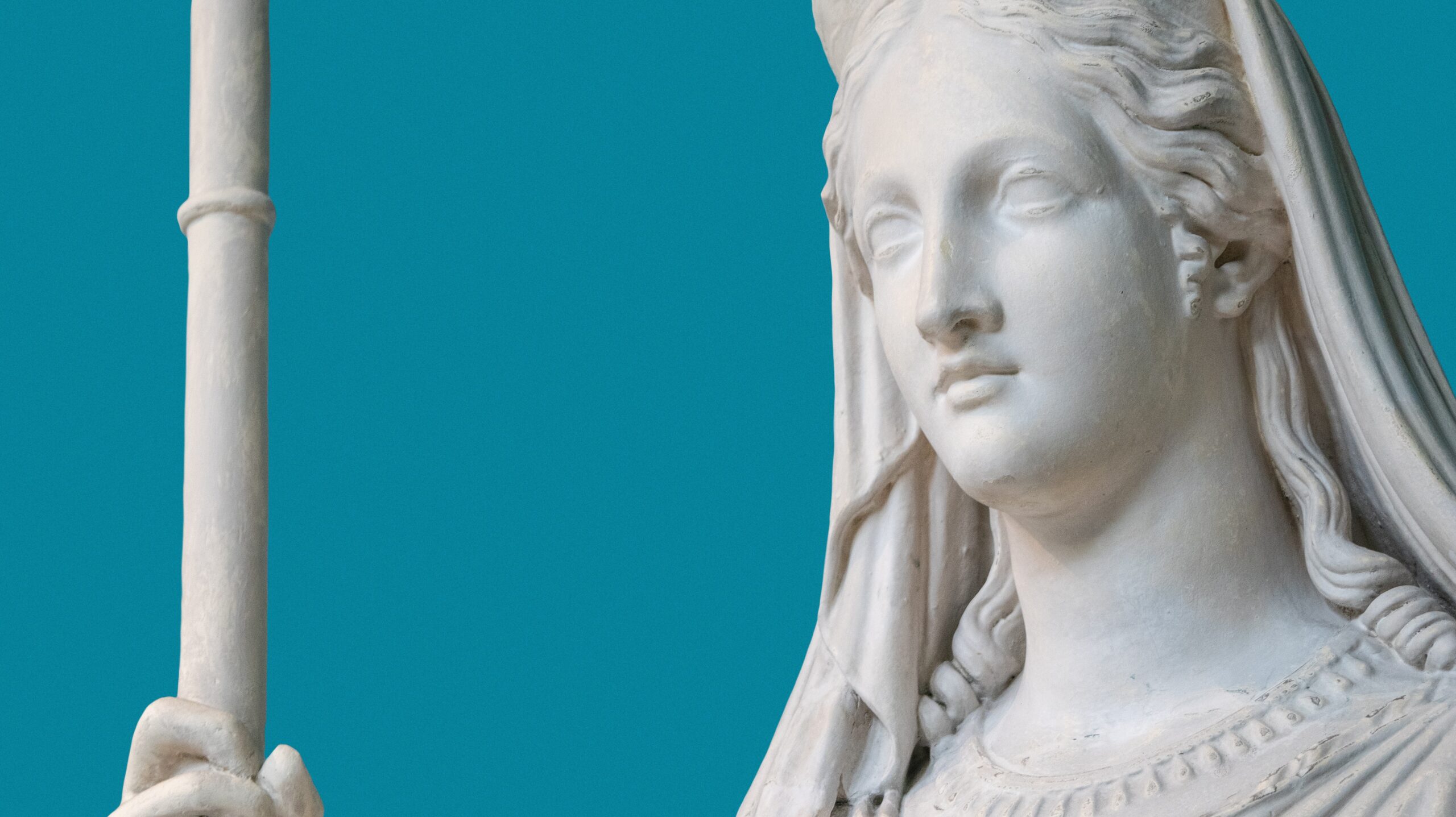Beauty and self-care have been a part of women’s lives throughout history, with various cultures and time periods showcasing unique and forgotten rituals. Archaeological excavations have revealed beauty tools, makeup, and beauty guides written by prominent women of their time, showcasing the importance of beauty in ancient societies.
 Egyptian queens like Nefertiti and Cleopatra are known for their elaborate beauty routines. Cleopatra wrote a book on beauty secrets and the art of makeup, showcasing the importance of beauty in ancient Egypt. They used kohl, a mixture with antibacterial properties, and even the lowest-class citizens were provided with olive oil to care for their skin. Cleopatra’s beauty routine was particularly unique, including the use of crocodile dung mixed with donkey milk as a face mask and bathing in rose petals and milk for hours. Ancient Egyptians also had secrets for treating wrinkles, stretch marks, and scars, and even made lead-based eyeliner.
Egyptian queens like Nefertiti and Cleopatra are known for their elaborate beauty routines. Cleopatra wrote a book on beauty secrets and the art of makeup, showcasing the importance of beauty in ancient Egypt. They used kohl, a mixture with antibacterial properties, and even the lowest-class citizens were provided with olive oil to care for their skin. Cleopatra’s beauty routine was particularly unique, including the use of crocodile dung mixed with donkey milk as a face mask and bathing in rose petals and milk for hours. Ancient Egyptians also had secrets for treating wrinkles, stretch marks, and scars, and even made lead-based eyeliner.
Greek mythology and war stories were full of events devoted to beauty. Greek goddesses were renowned for their beauty, and women went to great lengths to emulate their ideals. The Greek goddess Aphrodite embodied beauty, and Helen of Troy was the cause of a legendary war. Greek women valued pale skin and used honey and olive oil for their beauty routines. They used white lead mixed with olive oil to whiten their skin, but this led to lead poisoning and death. Ancient Greeks also preferred unibrows and used dark powder to decorate their eyes. To achieve blonde hair, women soaked their hair in vinegar, but this resulted in hair loss, leading to the widespread use of wigs.
In Japan, geishas had elaborate makeup routines to achieve an extra white skin look with red lips. They even blackened their teeth, a custom that continued until the 19th century, and used nightingale excrement to remove heavy makeup. Women used to remove their heavy makeup with nightingale excrement, which contained guanine that cleanses and rejuvenates the skin. The beauty of Japanese women was often judged by their hair length, with the ideal length being considered below their waist. Rice flour powder was a staple ingredient in their makeup.
Queen Elizabeth was the epitome of beauty and style for women during the Elizabethan era in Britain. Although cosmetics were seen as dangerous and thought to block energy from the skin surface, women still strove for a pale and porcelain complexion, thanks to their queen. To achieve a smooth and white complexion, raw egg white was rubbed all over the face. Women not only used lead in makeup but also consumed arsenic, which shortened their lifespan but gave their skin a white glow. Some women even used leeches to achieve the naturally pale appearance.
Indian women were considered among the most beautiful, thanks to their exotic skin and striking eyes. The life science Ayurveda preserved many natural beauty secrets, with cow dung and urine used for medicinal purposes. Cow urine has been used for slimming, fighting acne, healing cracked heels, and cleansing the digestive tract. During the Mughal era, women considered chewing betel leaves an essential part of their beauty routine, which gave a red stain to their lips but also rotted their teeth. In ancient India, the beautification of any Indian bride was completed with Solah Singaar, representing the sixteen phases of the moon.
In conclusion, throughout history, women have had a keen interest in skincare, hair care, and looking their best. These cultures and ages have shown us extraordinary beauty and care routines that might surprise us today. Beauty and self-care have always been significant in women’s lives, and this is evident from the various forgotten rituals and beauty tools used throughout history. While some of these rituals may seem bizarre today, they highlight


